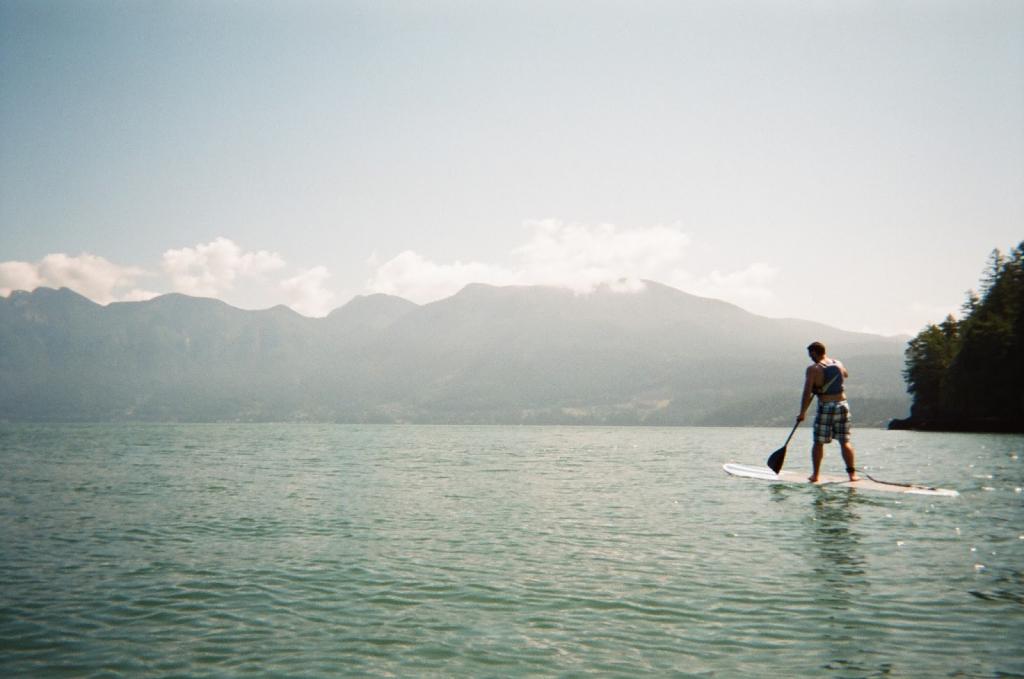Current Water Quality
No data available
This status is based on the latest sample. Swim Drink Fish - Vancouver (Formerly Fraser Riverkeeper) updates the status of this beach as soon as test results become available.
Not sampled
About September Morn Beach
Current Weather
Source Information
Vancouver Coastal Health Authority monitors the water quality at 6 Bowen Island beaches. Sampling is conducted during the height of swim season (May – September). VCH follows the Canadian Recreational Water Guidelines. Recreational water is considered safe if the geometric mean result is under 200 E.coli/100mL based on the previous last five samples or a single sample limit of under 400 E.coli/100mL. Should the results exceed the guidelines or in the event of a known hazard or spill, the Medical Health Officer will make an assessment of the risk to human health. If there is a risk to human health, a warning sign will be posted at the beach stating “This Water is Contaminated and Unsafe for Swimming.” Results are communicated on the Vancouver Coastal Health Beach Samples Results website. Fraser Riverkeeper updates Swim Guide according to these results, as soon as they become available. A beach is marked Green when geometric mean results are under 200 E.coli/100 mL and single sample results are below 400 E.coli/100mL. A beach is marked Red when the geometric mean results are equal to or above 200 E.coli/100 mL water or single sample results are above 400 E.coli/100 mL. A beach is marked Grey when there are no current results or there is no available information.
Beaches Near This One
SEE All